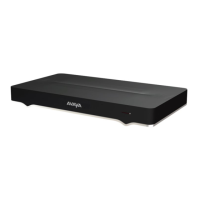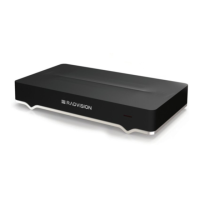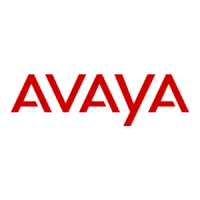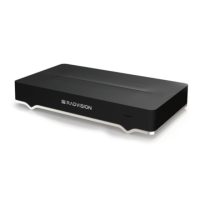Port
Range
Protocol Source Destination Functionality Result of
Blocking Port
Required
Software
Upgrade
application
XT Series
software.
using Scopia
®
Management or a
standalone XT
Series software
upgrade
application.
Series software
remotely.
60123 Telnet
(TCP)
Telnet client XT Series Enables you to
remotely manage
the XT Series
using the CLI
application via
Telnet.
Telnet cannot
access the XT
Series CLI
application, and
cannot remotely
manage it.
Optional
Important:
Since source and destination are not fixed on bidirectional ports, we refer to them here as
Connection Points. Each connection point can be both the source and the destination.
Table 7: Bidirectional ports to open for the XT Series
Port
Range
Protocol Connection
Points
Functionality Result of Blocking
Port
Required
1720 H.225.0 /Q.
931
XT Series, Any
H.323 endpoint
Enables H.323 call
signaling (Q.931) for
the XT Series.
The XT Series cannot
connect H.323 calls.
Mandatory
3230-
3250
H.225.0 /
Q931, H.245,
SIP (TCP)
XT Series, Any
SIP or H.323
endpoint
Enables H.323 call
control signaling (Q.
931), media control
signaling (H.245), SIP
(TCP) call signaling,
and BFCP signaling.
These are dynamic
TCP ports which the
XT Series uses to
connect simultaneous
H.323 and SIP calls.
The XT Series cannot
connect SIP or H.323
calls.
Mandatory to
support H.323
calls, and to
support SIP calls
on TCP.
To configure,
see Configuring
the TCP or UDP
Port Range on
the Avaya
Scopia
®
XT
Series on
page 40.
3230-
3313
RTP, RTCP
(UDP)
XT Series, Any
SIP or H.323
endpoint
Enables H.323 and
SIP media (audio,
video, H.224/data
RTP) and media
control (RTCP).
No media can be
exchanged in H.323 or
SIP calls.
Mandatory to
support H.323
and SIP calls.
To configure,
see Configuring
the TCP or UDP
Table continues…
Implementing Port Security for the Avaya Scopia
®
XT Series
April 2015 Avaya Scopia
®
XT Series Deployment Guide 39
Comments? infodev@avaya.com
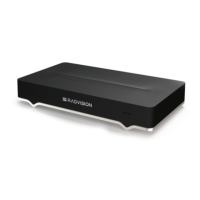
